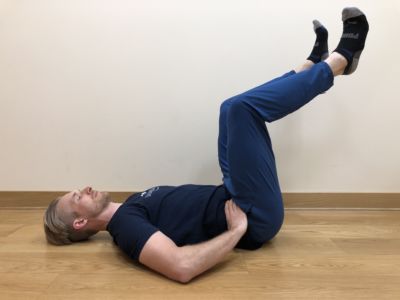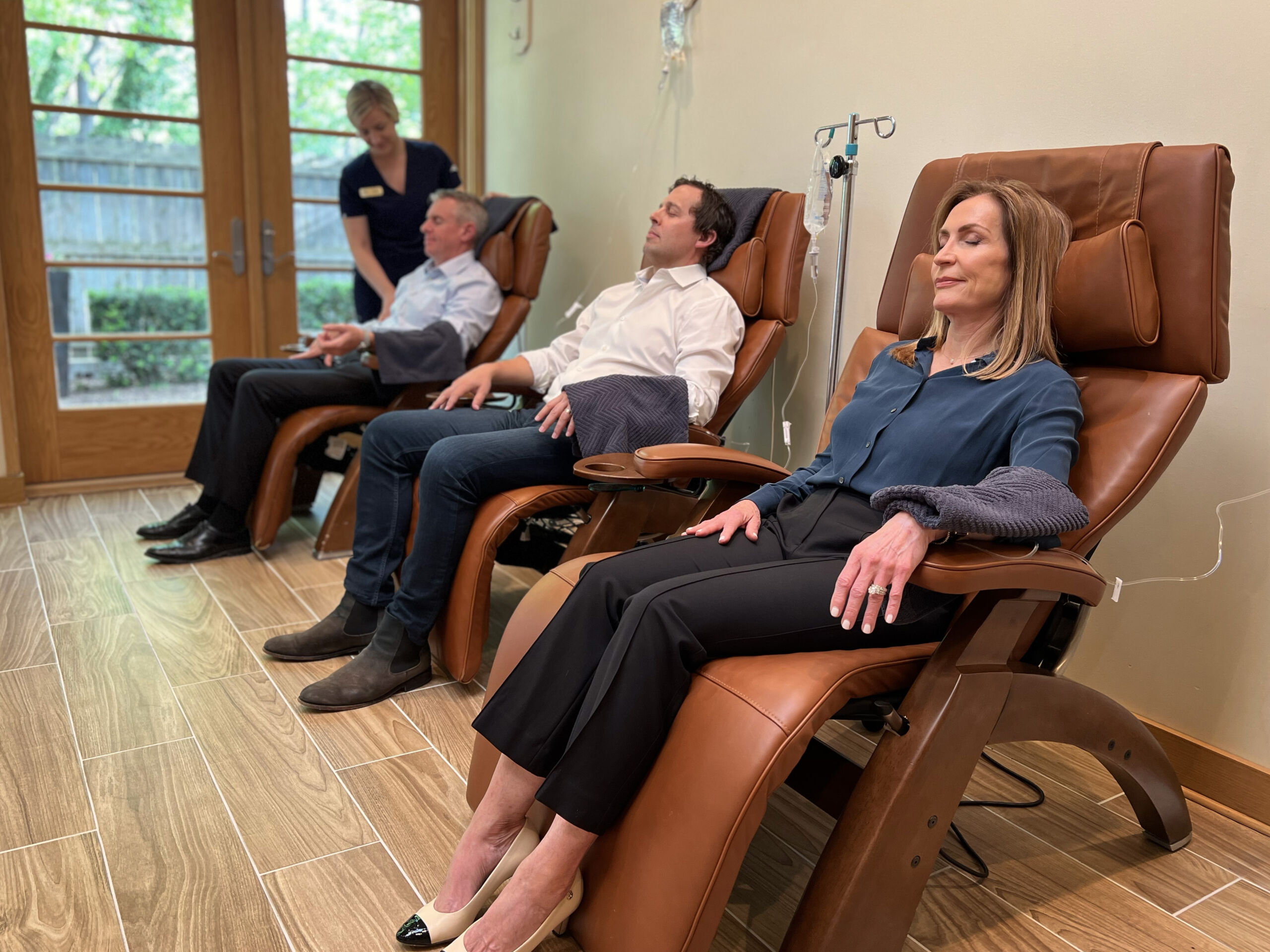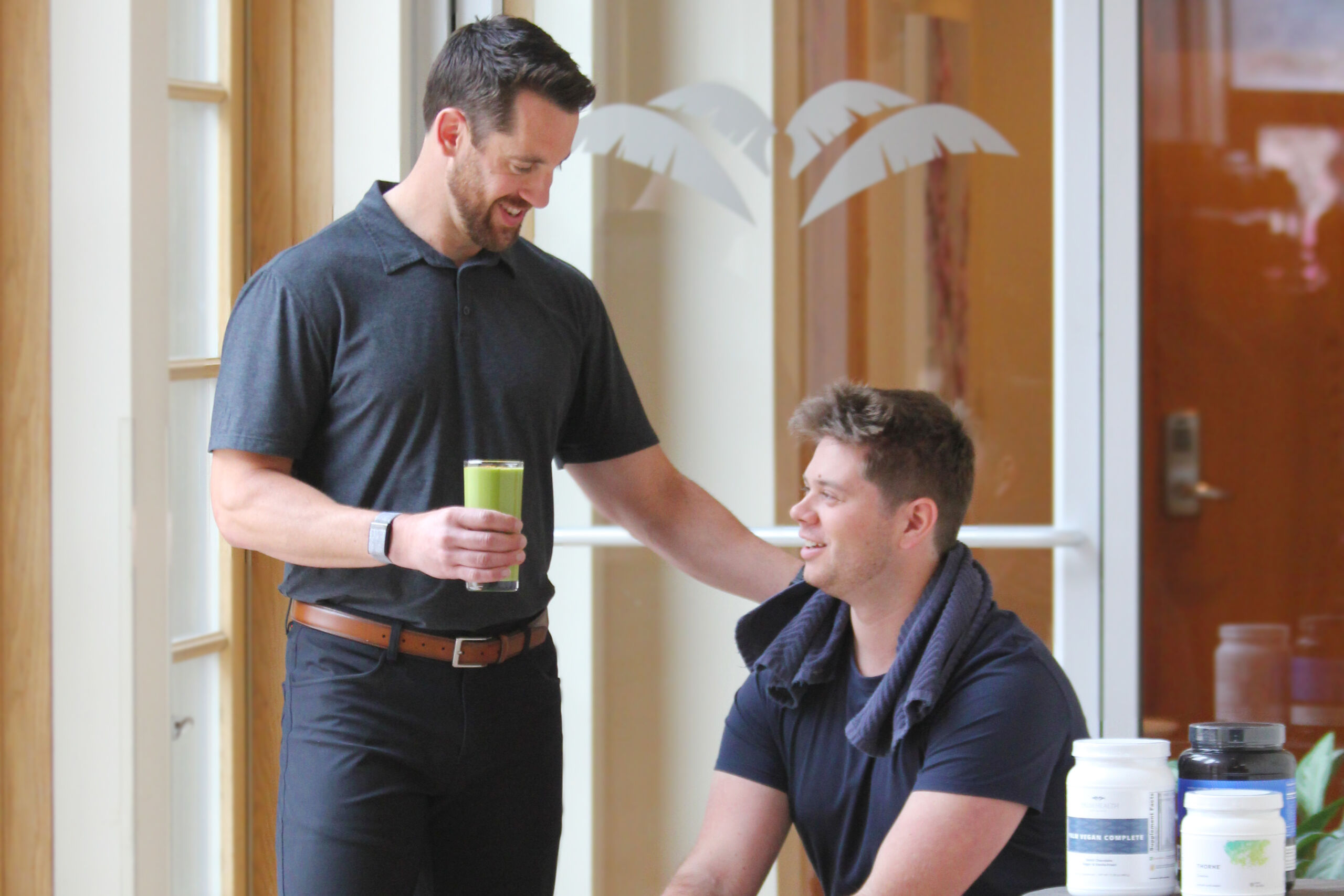It’s easy to go through daily life without even thinking about what your body is doing. Going up and down the stairs, doing laundry, picking up your child or grandchild, or even exercising are routine activities that your body becomes used to performing. But it’s often activities like these that can lead to imbalances or even injury if your muscles — particularly your core — aren’t properly engaged and stabilized.
Your body’s ability to move and stabilize itself are based on four “core” principles: proximal stability; muscle balance and joint centration; motor control; and strength endurance. The “core four” serve as a foundation for developing stable core muscles, improving your function and movement, and limiting the risk for injuries.
Proximal Stability
Most of your body’s stability comes from its center — also known as your core — that is made up of all of the muscles around the spine and abdominal region. Those muscles, along with your diaphragm, work together to create and maintain strength and stability in the center of your body. It’s important to establish that core strength because it helps drive and stabilize the rest of your body’s movement. In other words, all of your function leads back to your core.
If you’ve ever participated in a workout class or training session, you may have been told to “squeeze your core” while performing an exercise. But what exactly does that mean? Stabilization of your core involves co-activating all the muscles around your spine and abdominal area synergistically.
However, it’s not all about just “squeezing” your core while you’re doing an exercise. Core stability and strength needs to be built up over time so that “squeezing” happens more naturally. There are many different exercises you can incorporate into your daily routine to do this, but did you know that breathing properly is one of the best and most important ways to build core stability?
Your diaphragm works collaboratively with your spinal and abdominal muscles, dictating how your core functions. When you inhale properly, your diaphragm contracts, building intra-abdominal pressure that pushes against your abdominal muscles to create stability. So, if you’re breathing up in your chest or hollowing out your stomach when you breathe, you aren’t creating the intra-abdominal pressure that is necessary to build the core strength that will help stabilize your body’s functioning.
To learn how to breathe and build the right kind of abdominal pressure, check out the first three minutes of this video tutorial demonstrating “unsupported respiration,” an exercise recommended by Dr. Jason Biondo, chiropractor at PALM Health.
Muscle Balance and Joint Centration
Another component that ensures proper movement and function of your body is your joint positioning. If your joints are misaligned, especially in your spine, it creates stress on your ligaments and tendons. The result? Your body is unable to generate as much force and creates suboptimal functioning patterns based on the way your joints move when they are misaligned.
The goal is for your joints to be centered in their positioning. Joint centration creates the most force production with the least amount of stress and strain on the articular surface, ligaments, and tendons of your body. Ensuring your joints are in the correct position optimizes your body’s function and movement.
So, how do you ensure this proper positioning? Adequate muscle balance throughout your body allows you to maintain joint centration. Think of a seesaw. If one side is holding more weight while the other is holding less weight, the seesaw will fall to one side. If you want to keep the seesaw balanced, the balance point has to shift closer to the heavier side to compensate.
Your muscle balancing works the same way. If a muscle along the back side of your body (spinal muscle, gluteal muscles, or hamstrings) is weak, and its corresponding muscle on the front side of your body (abdominals, hip flexors, or quadriceps) is tight, it creates an imbalance that stresses the joint in between them. This consequently causes the joint to shift off-center to compensate for the weakness on one side.
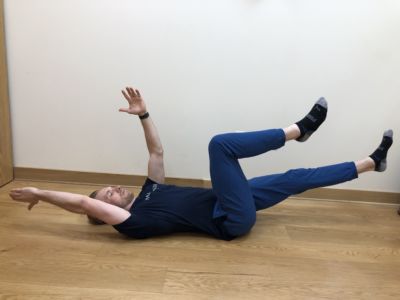
Dead Bug
To combat this, it’s important to make sure you train all of your muscle groups equally when you exercise. The “Dead Bug” exercise shown here works all 360 degrees of your core at once, ensuring muscular balance between the front and back sides of your body.
Motor Control
Motor control refers to your ability to initiate and direct the functions and movements of your muscles. This involves a level of body awareness that allows you to recognize when certain muscles are being used in an exercise and how to consciously facilitate proper movement.
When you’re exercising, it’s important not only to actively engage your core muscles, but also to make sure you are following through with quality movement patterns, i.e., using proper form. For example, if you aren’t actively engaging the right muscles when performing a squat, it can lead to a harmful compensation. What does that look like? Some common ones include knees bowing in, heels rising off the floor, knees way out in front of the toes, or a weight shift to one side.
In comparison, a squat with good form features an even distribution of weight, knees pushing outward aligned with the toes, and shins perpendicular to the ground at all times. Building up your body awareness and motor control skills will allow you to recognize those form or movement pattern irregularities and work on correcting them.
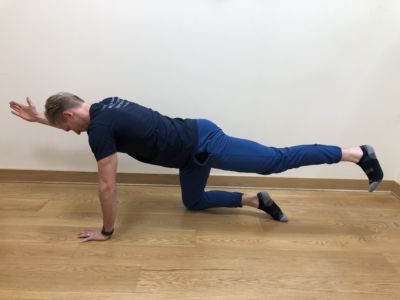
Bird Dog
Try the “Bird Dog” exercise pictured here that enhances your motor control abilities while working your core.
Strength and Endurance
In addition to balance and control, muscular endurance is essential for maintaining stabilizing patterns and proper technique — especially in your core. The more endurance your core can sustain, the more precise and the healthier your movements will be. Core endurance will also help you get through your workout without fatiguing early and consequently falling into poor form.
Endurance training is not the same as strength training: muscle endurance is the ability to do something over and over for an extended period of time, while muscle strength is the ability to exert maximal force in a short period of time. Both are important for your function and stability, but endurance training should always precede strength training.
Dr. Biondo recommends this “Side Bridge” exercise to work your core muscle endurance.
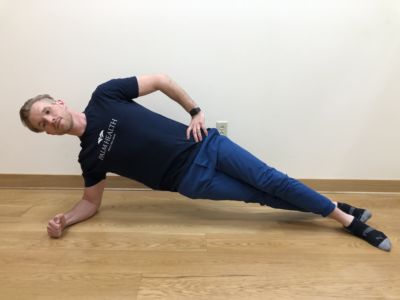
Side Bridge
At the end of the day, all of your body’s movement and functioning, from vigorous exercise to light daily tasks, are supported by your core. Thus, it’s necessary to take the time to strengthen your spinal and abdominal muscles, ensure balance between your various muscle groups, establish body awareness and motor control, and improve your muscular endurance in order to prevent injury and stay active.
PALM Health is an innovative, whole-person medical and wellness company that helps people reach and maintain well-being. Our experts in medicine and wellness empower people to transform their health, become more resilient, and feel their personal best in mind and body.

